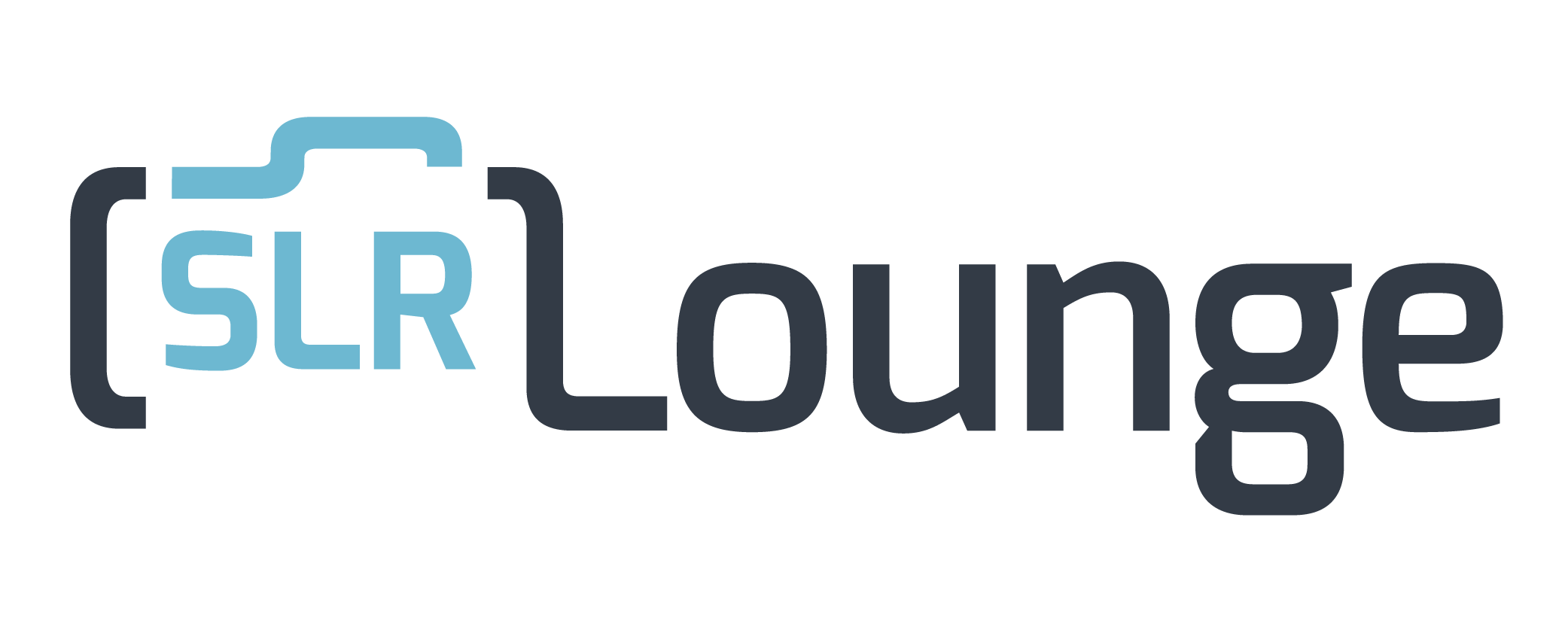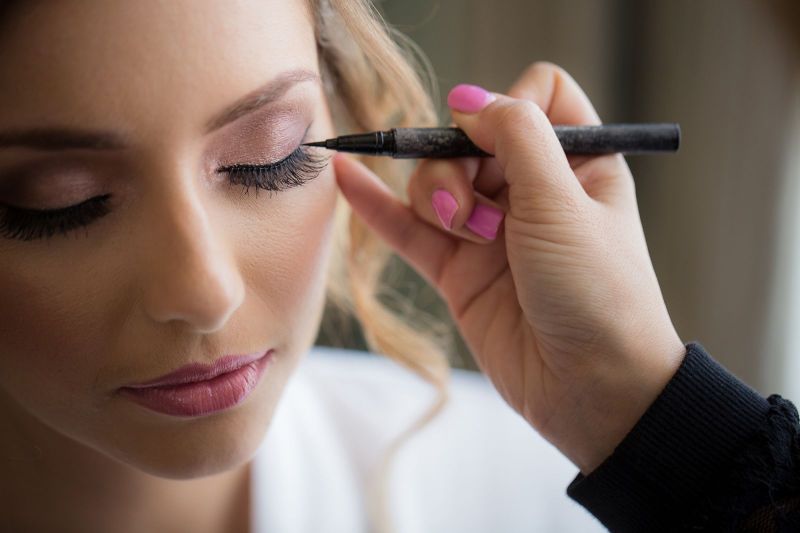In photography, getting the correct exposure more often relies on the photographer’s intention rather than whether or not we’re using the best light meters, or some other method. As artists, we use light to create the overall mood, dictate the narrative, and even direct the viewer’s focus to the subject. We use our camera’s exposure settings to capture light in a creative way, but it helps to know that we have a number of tools available in order to help dial in our exposure.
Of course, some photographers prefer to use in-camera metering while others rely on their digital camera’s live view (that is, whatever looks “right” on the camera’s rear LCD screen or electronic viewfinder). Others still use a different tool, one often underrated-yet-highly-accurate, to get a proper or “correct” exposure: An external light meter.
For a long time, professional photographers have used light meters to measure the amount of light in a given environment. While the learning curve can be steep enough to keep away some photographers, the best light meters are worth getting to know. They help us appropriately adjust the exposure settings on our cameras and lighting devices and elevate our photography, bringing our visions to life.
That said, here’s our brief overview of some of the best light meters on the market today!
Our Favorite Light Meters for Photographers
Sekonic LiteMaster Pro L-478DR-U

Experienced and professional photographers will surely feel in control and at ease with the Sekonic LiteMaster Pro L-478DR-U. At a glance, the 2.7-inch touchscreen gives you a comprehensive incident meter reading of ambient and flash luminance.
If you want a spot meter, you can actually add a 5-degree viewfinder accessory to complement the incident metering function.
This particular Sekonic LiteMaster utilizes the PocketWizard wireless triggering system that allows you to control flash units up to 100 feet away. You can also get this same light meter in versions that work with Phottix or Elinchrom strobe systems, of course.
This light meter also supports shutter angles and frame rates in Cine mode for video shooters. While this light meter is jam-packed with helpful features, it is relatively expensive compared to other light meters on the market.
Sekonic L-858D-U Speedmaster

This is the flagship, the “kitchen sink” among the best light meters. It boasts both incident metering for ambient & flash, and a 1-degree spot meter. Its metering range is an unprecedented -5 to 22.9 EV.
The lumisphere receptor head can rotate and also retract, allowing for accurate metering of both 3-dimensional and flat subjects.
This touchscreen device can be used to measure the dynamic range of an entire scene, by taking multiple spot meter readings (of highlights and shadows in a scene) and storing each measurement. With optional targets, a photographer can even measure the dynamic range of their camera itself.
For wireless control of various flash systems, you can purchase additional radio control modules for Broncolor, Elinchrom, Phottix, Godox, and Pocket Wizard radio flash systems. Flash strobes can be analyzed, too, measuring flash duration from 1/40-1/55500 (t0.1-t0.9).
For video/cinema use, instead of shutter speeds, you can use shutter angles (1-358°) and 1-1000 frames per second, both of which can also be expanded through custom settings.
Kenko KFM-1100

If your budget is a concern, this entry for best light meters might provide what you need for a more reasonable price. The Kenko KFM-1100 measures both flash and ambient light levels, but with incident metering only. (No spot meter option) The Kenko has an analyze function that is excellent for reading both flash and ambient light together and providing the best lighting ratio for varied environments.
This digital light meter comes with an aperture display range of f/1.0 to f/128, and shutter speeds between 1/8000 sec and 30 minutes. (Yes, minutes!) The Kenko KFM-1100 operates with a single AA battery and can offer approximately 50 hours of operation. This device is ideal for those who are looking for great value for money while enjoying advanced features in a simple digital display. (Its more expensive sibling, the Kenko KFM-2200, offers 1-degree spot metering!)
Sekonic L-308X-U Flashmate

For on-the-go photo shoots, travel, and other adventurous or outdoor photography work, the best light meters will emphasize portability. This is where the Sekonic L-308X-U comes into play: It offers an extensive digital readout in one of the most lightweight and portable packages.
Despite its small form factor that runs on a single AA battery, this device doesn’t skimp on the essential light metering information. It can measure flash and ambient light levels from 0 to 19.9 EV in 1/10th-stop precision, and it measures incident/reflected light via a lens with a 40-degree reception angle. Both aperture and shutter priority modes are available.
Sekonic L-398A Studio Deluxe III

Are you tired of having to deal with non-functioning light meters because of a drained, dead battery? The Sekonic L-398A Studio Deluxe III is the answer to your woes! It utilizes a classic analog system featuring needles and dials instead of the modern digital screen and buttons. Instead of a battery, it uses an amorphous photosensor that operates without power.
Because this entry on the list of the best light meters is fully analog, it cannot measure flash/strobe levels. Instead, it can only measure ambient light levels (EV 1.0-20) with its incident-only meter. It can read out ISO levels from 6 to 12,000 in 1/3 step intervals, apertures ranging from f/0.7 to f/128, and shutter speeds from 60 sec to 1/8000 sec.
Gossen DigiPro F2

For professional photographers looking for a simple, relatively affordable all-around solution, the Gossen DigiPro F2 is a great option. The best light meters do not have to be the hardest to use. This light meter offers a contrast measurement function for high-contrast lighting conditions, and it includes a built-in swivel head that allows for more control on light level readings.
The Gossen DigiPro F2 is great for simple, one-handed operation and it can display exposure values at ½ or 1/3 stop increments. This device also measures light from EV -2.5-18.
Choosing the Best Light Meters: What to Look For?

Before buying any light meter, here are some basic things you may need to consider:
1. Display
Do you feel more comfortable utilizing an “old-school” approach to measuring light with an analog light meter? Or do you want a digital display with an abundance of information that is instantly at your disposal?
2. Flash Metering
Are you a photographer who is often in a studio that requires the use of a flash, especially multiple very bright strobes? If so, the best light meters for you should be able to meter flash/strobes.
3. Spot Metering
Spot measuring does what it says: It meters the light in one specific spot. This helps photographers manage the balance of light between a subject and surrounding setting, by metering each important part of the image separately. Spot metering offers critical precision in high-contrast situations, especially for landscape photographers and other professionals who often balance both flash and ambient light.
4. Other Features
Things like portability, price, warranty, and accessories may also influence your decision and help narrow your options from this list of the best light meters. It is best to identify which features you need most, so you can find a device that suits your workflow!
We should also mention that, unfortunately, this is one tool that really needs to be specifically oriented to photography. There are various devices that can measure light levels, and some are extremely affordable, however, they simply won’t be very useful to a photographer compared to a camera’s built-in light meter, because of a lack of accuracy, range, and/or conversion to EVs and exposure settings.
Conclusion

We hope this brief compilation of the best light meters helps you on your journey to find the best light meter for you. One of the great benefits of using a dedicated light meter is that it can help “calibrate” your eyes as well, so that you can mentally gauge an expose for any particular environment! At some point, you’ll instinctively know which settings you’ll need to properly exposure without having to meter, and with accuracy.
Let us know which one you chose and why you chose it in the comments section below.













